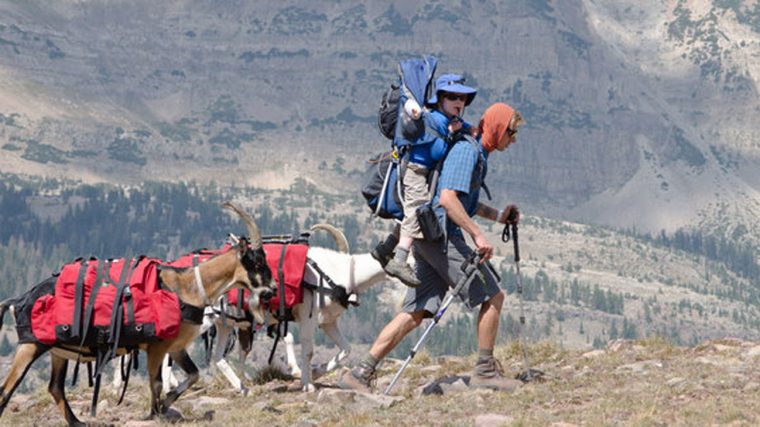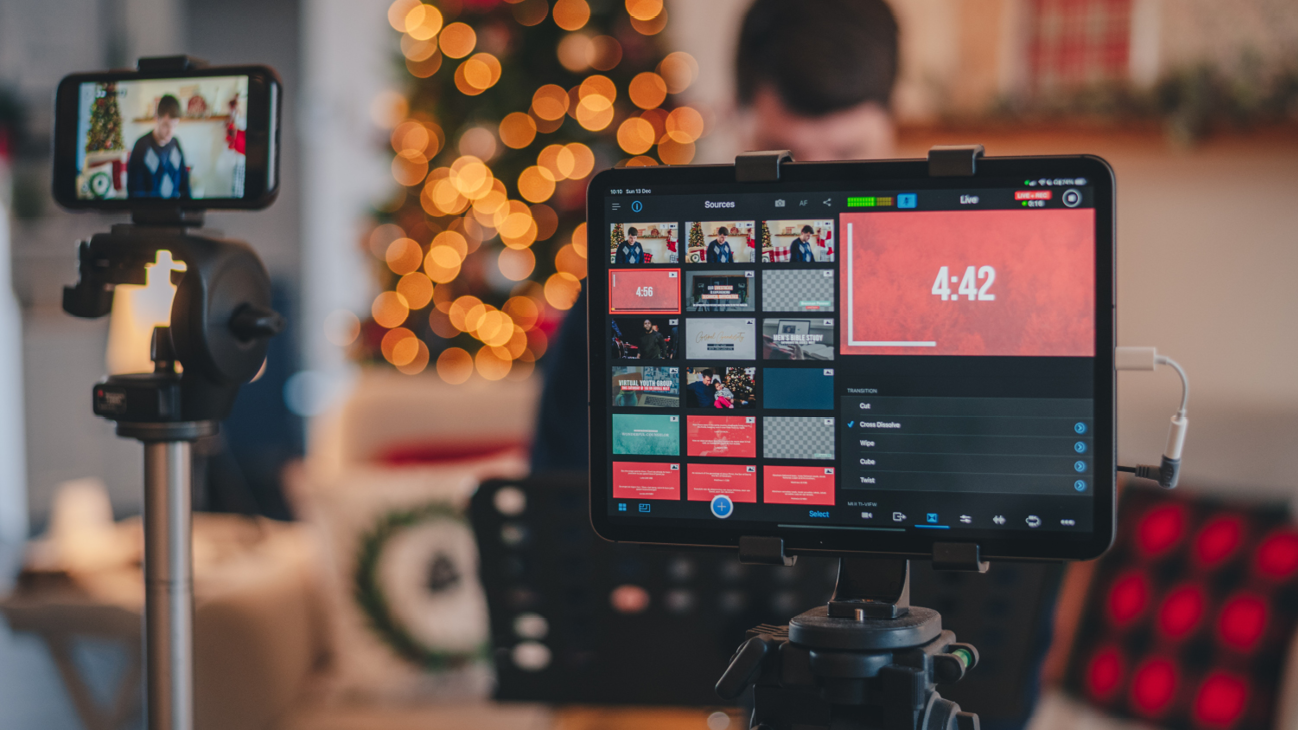Virtual may have started as a necessity back in 2020, but it has certainly earned its keep, proving to be a powerful tool for ongoing connection, employee engagement, and personal and professional development.
As in-person events are making their way back, we’re seeing clients now use virtual as a budget-friendly pathway to further the learnings and impact of their in-person events, while also providing supplemental professional development opportunities and means of connection throughout the year.
In part two of our special two-part series exploring trends we’ve seen emerge across both in-person and virtual events, we’re taking at look at the evolution of virtual events post-pandemic and how our clients and speakers are best using this medium to enhance the impact of their events.
Employee Engagement Strategies
Many of our clients are now using virtual events as a staple in their employee engagement strategies. In part one of this series, we explored how the moderated Q&A rose in popularity throughout the pandemic as it provided a dynamic virtual event experience — it’s popularity in virtual events has actually now influenced in-person event formats.
Today, many of our clients use this format as a means to consistently engage their employees in team meet-ups and company-wide events. Clients are booking more town hall sessions throughout the year, where their leaders will engage in meaningful conversations with keynote speakers, discussing issues pertinent to their organization and industry — especially important as we continue to navigate uncertainty and rapid change both as businesses and individuals.
Virtual allows these events to be more timely and accessible to all team members, especially in the age of remote and hybrid work. It also offers that unique opportunity for in-the-moment feedback and interaction between the audience and the speakers through Q&A and chat functions. While this is possible at in-person events, it’s less disruptive on a virtual platform and more accessible, especially for those who may feel uncomfortable speaking and asking questions in front of a group.
Continuous Learning
Many of our speakers offer continuous learning to help audiences take what they learned during a keynote and put it into action. Right now, we’re seeing more of our clients opt for these add-ons because virtual offers a budget-friendly follow-up option, whether the keynote was in-person or virtual.
After years of practice, our speakers are skilled virtual presenters and use virtual platforms tools, such as the Q&A and chat functions, breakout sessions, etc., to enhance the learning experience. All available workshops are listed on our speaker’s individual profiles.
Themed Events
We’ve also seen a rise in themed events, connecting to special days, weeks, or months, such as Black History Month, Mental Health Week, National Day for Truth and Reconciliation, etc. Of course, our clients were booking in-person events to coincide with these special days pre-pandemic, but the frequency of them have increased as virtual provides a more affordable and accessible way to engage employees, association members, board members, and attendees in these important conversations.
To help our clients in planning these themed events, we’ve put together a first quarter planning guide and second quarter planning guide exploring key themes in the first two quarters of the year.
Speakers in Action: Virtual Events
While we now know that almost anything done in-person can be translated virtually, there are some key differentiators that we recommend to our speakers and clients to help make their virtual events stand out.
Shawn Kanungo: “The Best Virtual Keynote Speaker I’ve Ever Seen
For example, innovation strategist Shawn Kanungo has been called “The Best Virtual Keynote Speaker I’ve Ever Seen” by Forbes.
Shawn creates one-of-a-kind virtual experiences. He rents an actual theatre to give his virtual keynotes that hint of in-person energy as he uses the full stage throughout his presentation. He will also often include a guest, whether from the same industry as his client or as part of one of the many case studies he shares in his keynotes. As a globally recognized innovation and disruption strategist, we’re not surprised that Shawn practices what he preaches and innovated within the virtual event space.
Bruce Kirkby: Visually Stunning Presentations
Many of our speakers have developed beautiful visuals to complement their virtual presentations. Virtual events are very much a visual medium, and our speakers have done an incredible job of leaning into this to make their presentations even more memorable.
For example, Bruce Kirkby, who is an acclaimed adventurer and photographer, integrates incredible photographs from his travels into his presentations. His accomplishments include the first modern crossing of Arabia’s Empty Quarter by camel, a raft descent of Ethiopia’s Blue Nile Gorge by raft, sea kayak traverse of Borneo’s northern coast, and a coast-to-coast Icelandic trek. He draws on these experiences to share practical lessons on resilience, risk management, and change leadership, using his imagery to illustrate his points and immerse his audiences within his journeys.



Peter Katz: Keynote Concerts
Without our trusty AV technicians onsite, the pandemic provided us and our speakers with a crash course in quality sound control. Many of our speakers quickly sought to build high-quality sound studios within their homes early in the pandemic to elevate their virtual presentations.
One speaker that particularly stands out is Peter Katz, an acclaimed singer-songwriter. He transformed his apartment into a sound studio, so he could continue giving his unique “keynote concerts”, whether they be in-person or virtually.
If you missed it, check out part one of this series, which explores the evolution of in-person events post-pandemic.




